
Story and photos by Tom Hodgson
There are a host of berry-producing shrubs and vines that provide a veritable banquet for both fall migrants and common backyard birds.
Some we consider to be undesirables and the bane of our best landscaping efforts, but to the birds they are all good.
Because they are so valued by the birds, their seeds are readily spread through that infamous avian digestive process that leaves our cars, decks and sidewalks liberally splattered. Though the fall rains may appear to wash away these droppings, the seeds left behind will sprout in places they are not wanted in spring. Here are just a few. I am including images as well.
Poison Ivy: Leaves of three, let it be. That is the saying about poison ivy. But after the leaves drop from the vines in the fall, it may still be recognized by its loose cluster of creamy, white berries. At least until the birds have eaten them all. It appears that people are the only ones who are allergic to poison ivy. Chickadees love the berries as do many other birds. Rabbits consider the shoots and stems an important winter food.
Poison Sumac: Fortunately, most of us will not encounter poison sumac unless we are picking wild blueberries in the swamps. The substance found in the sap of poison sumac is the same found in poison ivy, as are the rashes resulting from accidental contact. Poison sumac is a shrub, not a vine, but its berries look very similar to poison ivy berries.
Upland Sumac: There are three varieties of sumac that grow in dry, open areas, fortunately none of them are poisonous. Two, staghorn and smooth sumac have tight clusters of fuzzy red berries that persist through the winter and are a food source for our local “snowbirds.” The other called dwarf sumac has loose clusters of berries look more like poison ivy berries
If you are a beekeeper, they are also valuable. Not only are the flowers an important nectar source in summer, but the berry clusters make excellent smoker fuel. During my beekeeping years I would collect a large garbage bag of upland sumac berries every fall. This would provide me with all the smoker fuel I would need for the coming year.
Virginia Creeper: Sometimes called five-leafed ivy, this vine is a constant problem in my yard and garden. It appears in new places like magic every spring. If left to its own devices, it quickly engulfs trees and shrubs and even invades the lawn. Its loose clusters of dark blue berries are the reason. Birds love them, and you know the rest of the story.
Wild Grapes: There are several species of wild grapes that attempt to climb the trees in my yard. This time of year, the grapes are ripe and a bird favorite.
Winterberry: The wetland shrub called winterberry or Michigan holly is at its best when everything else is drab and leafless. Its orange-red berries are already visible in area marshes and bogs and will be particularly impressive against a snow-covered landscape.
The berries are so colorful and long-lasting that winterberry cuttings have become very popular for winter arrangements. The demand has been so great that many local populations have been severely decimated. In 1963, winterberry was placed under protection of Public Act 182 (The Michigan Greens and Wildflower Protection Law). It is now unlawful to collect it from the public lands and can only be collected from private land with the permission of the owner.
In addition to brightening the winter season, the berries are also valued by birds and other wildlife. Most of our local eastern bluebirds fly south for the winter, but about three percent remain behind. For them, winterberry fruits are an important food source. They are also valued by cedar waxwings, wild turkey and white-tail deer.
Domestic varieties of winterberry can be purchased from local nurseries for landscaping purposes. They will grow well on wet sites. Be sure to get both male and female plants. Only the female plants will grow fruit, and then only if there is a male plant in the neighborhood to provide pollination. Winterberry will provide winter color for your yard and is great for attracting wildlife.
Dogwoods: There are several native dogwood species. Flowering dogwood is a popular landscape tree. The rest are shrubs, most of which grow in or near wet areas. These include red panicle dogwood, red osier dogwood, and silky dogwood. All dogwoods produce berries valued by wildlife.
Pokeberry: This is an annual plant that appears in my yard every year. Its clusters of bright purple berries are a favorite of cedar waxwings and other fruit-loving birds. They look delicious but are not for human consumption.






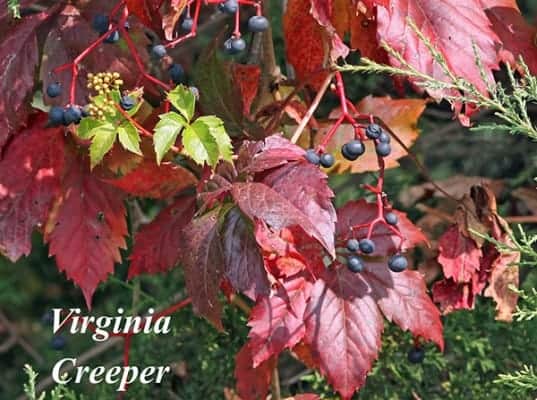
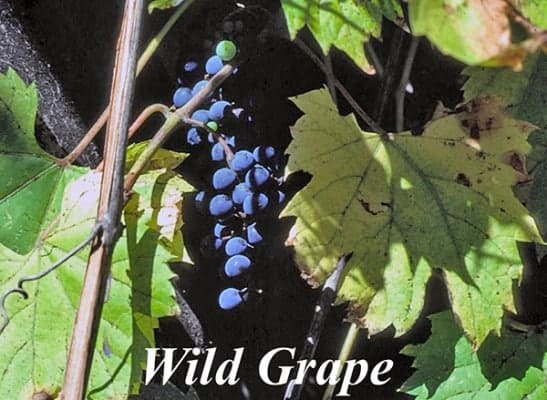
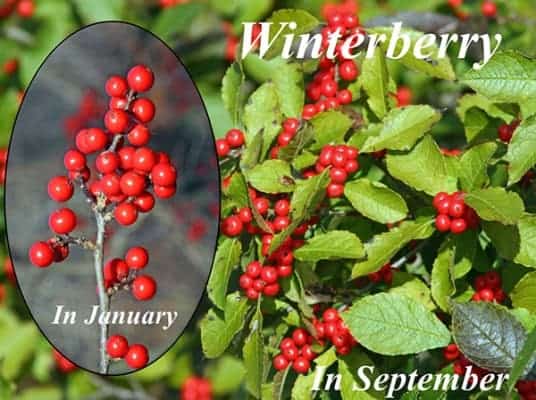
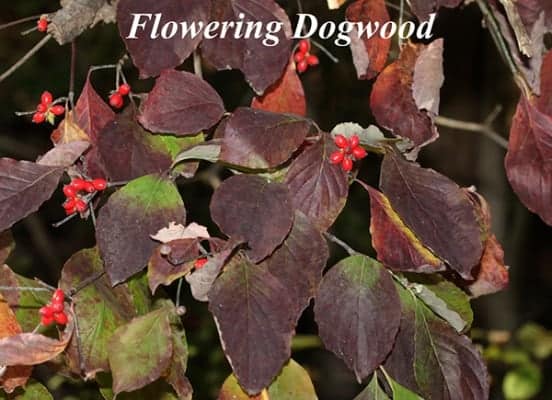

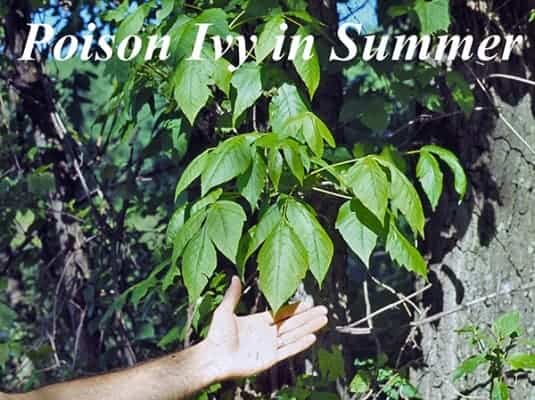
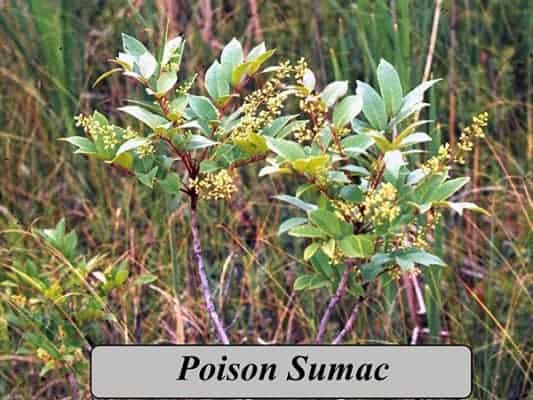

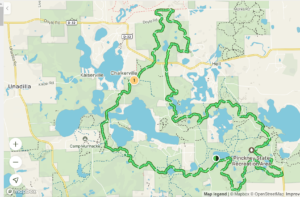

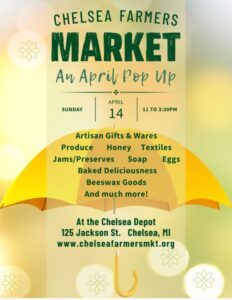




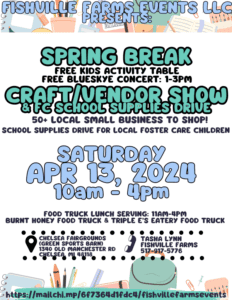

As usual, the best descriptions Tom!! Good to know the names of this stuff!! Thanks and keep ‘em coming.
I love your columns! I learn so much info. You’re also an
excellent writer.